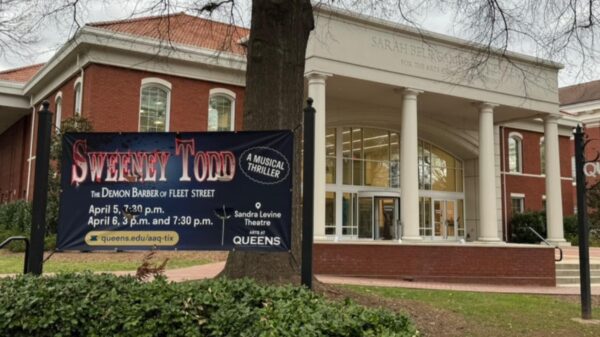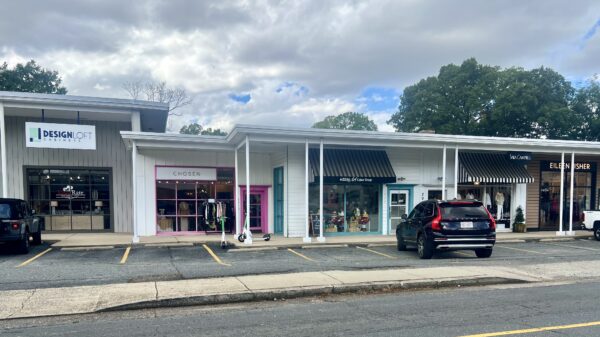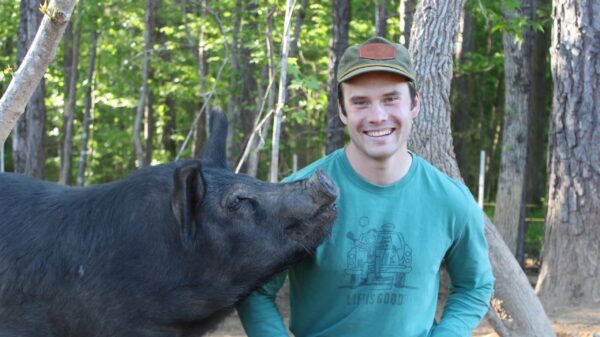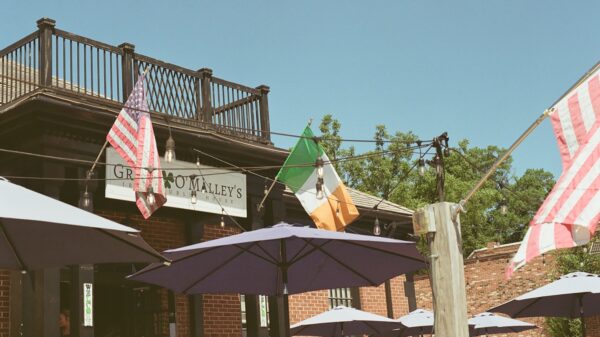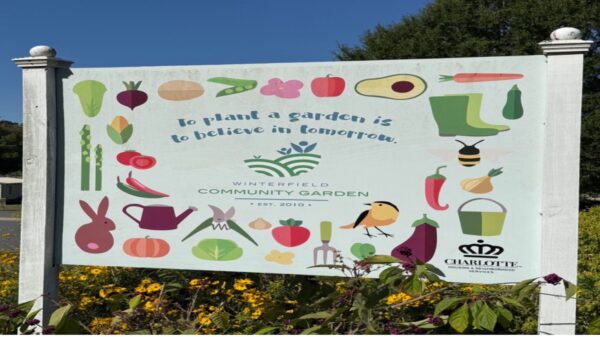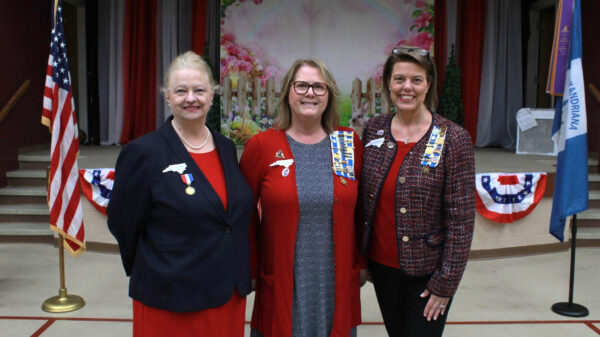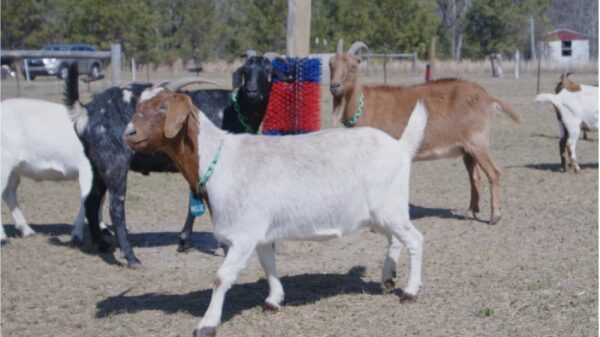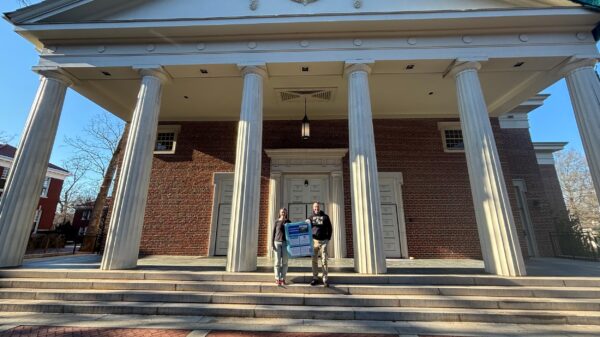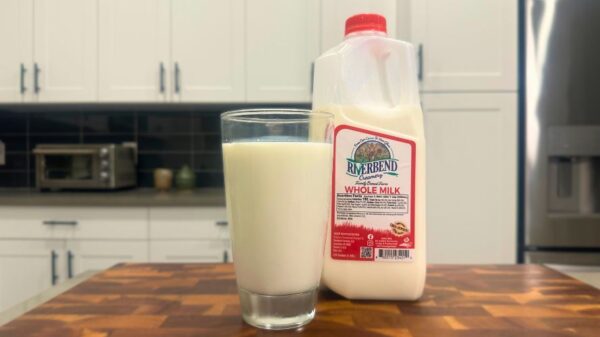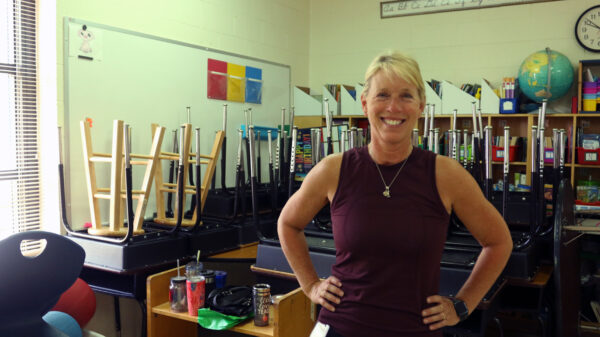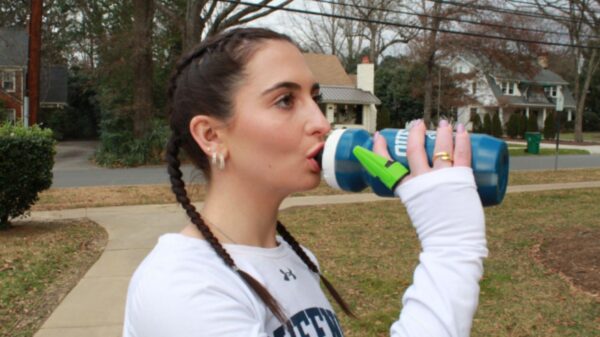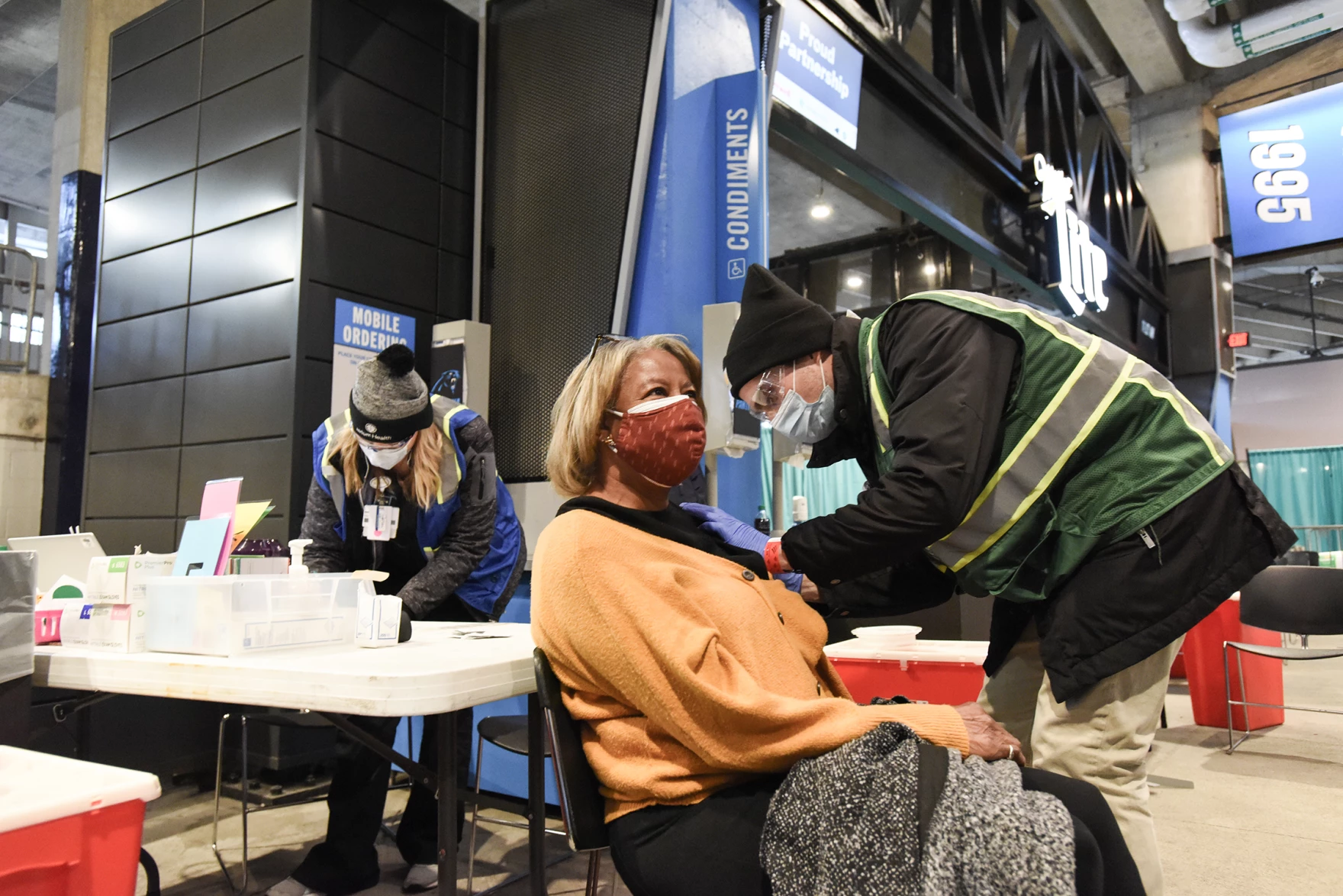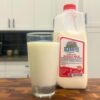Despite holding mass vaccinations at a stadium, an arena, and even a speedway, Mecklenburg County has one of the lowest vaccination rates among North Carolina’s 100 counties.
As of today, 9.24 percent of Mecklenburg residents have received first doses of the vaccine. Only Onslow, Duplin, Hoke, Randolph, and Wayne counties have recorded a lower percentage for their populations. By comparison, Raleigh’s home county, Wake County, has distributed first doses to 12.92 percent of citizens.

Raynard Washington, deputy health director in Mecklenburg, acknowledged that his county’s vaccination rate should be higher at this point. It is not higher, he said, because Mecklenburg is vaccinating a large number of people from outside of the county.
“Mecklenburg, unlike (Wake County), is a border county, which presents two challenges,” Washington said. “One, we have a number of folks in our community that live in South Carolina but work in Mecklenburg.”
Mecklenburg also is home to two large health care systems, he noted — Atrium Healthcare and Novant. Those systems vaccinated many of their employees in Mecklenburg even if they live elsewhere.
“Our health care systems are regional health care providers,” he said.
The North Carolina Department of Health and Human Services in Raleigh determines how much vaccine is distributed to each county. For the most part, that is based on a county’s population, Washington said. The state also takes into account special events like the mass vaccinations. Mecklenburg County hosted those at Bank of America Stadium, Charlotte Motor Speedway and the Spectrum Center, inoculating tens of thousands of people. Many of those people came from outside of Mecklenburg, Washington said.
“With such accessible systems, we know we have had people come over the border just to get a vaccine,” he said.
Those mass vaccinations drew criticism from a legislator in Currituck County, who suggested the events prevented rural counties from getting their fair share of vaccines.
“The vaccines are being taken away from other areas for mass vaccinations, and that’s a problem,” Rep. Bobby Hanig told Raleigh TV station WRAL.

However, a check of the state’s own records shows that Currituck’s vaccination rate is almost double that of Mecklenburg’s at 17.66 percent.
Overall, Washington said he is pleased with vaccination efforts, but he acknowledged more must be done to reach Mecklenburg County residents.
Until now, the county has worked under federal guidelines discouraging geographic restrictions in distributing the vaccine. Those guidelines are now changing, he said.
“We are working to make sure that our residents are being vaccinated,” Washington said. “We are adding some additional restrictions now to make sure our residents are getting covered.”
Washington expects Mecklenburg’s vaccination rate to improve soon.
“I think as supply increases and the volume of the vaccine becomes greater, it will start to balance out because the biggest limiting factor is the vaccine we have available in the United States, overall,” Washington said. “We are working hard to make sure we have as much of the vaccine as possible in this community, as well as our folks having access to appointments.”
Tommy Bobbitt
-
Palmer Magri of Charlotte, North Carolina, is the former managing editor of the Queens University News Service. A multimedia storytelling major, Palmer is a 2024 magna cum laude graduate of the James L. Knight School of Communication. During her four years as an undergraduate, she reported, wrote, edited, produced video, and managed content for the news service.
View all posts

